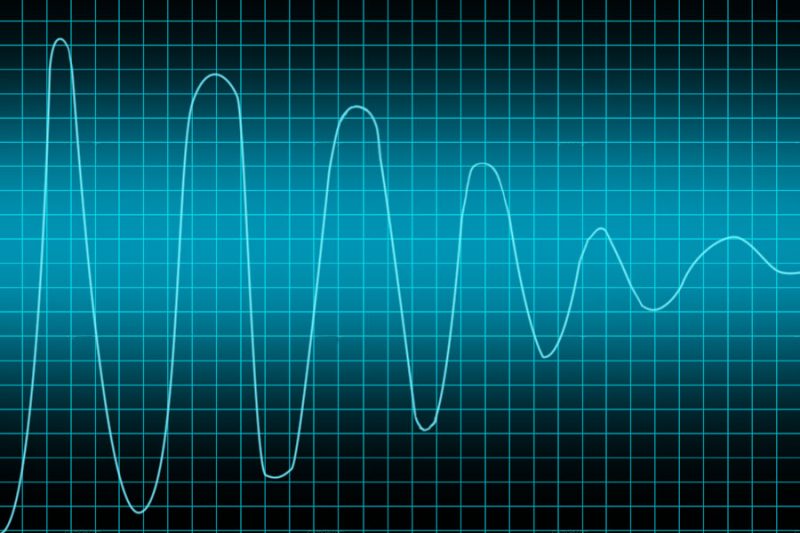When attenuation is used by networking professionals it refers to loss of signal strength due to [x] factors. This can be either internal or external. Below we will see what we can do to improve or prevent attenuation in our networks.
LET’S GET DEFINITON
Attenuation is primarily associated with data cables. It refers to any reduction in signal loss measured by the input signal vs output signal. This unit of measurement is often measured in dB. Attenuation is dependent on signal frequency. A cable performing well at low frequency may show poor performance during high data rates. As a general rule, cables with lower attenuation provide better performance.
ATTENUATION OCCURS DUE TO THE FOLLOWING REASONS.
- Wire dimensions – we’ve often found that thicker cables provide less attenuation
- Interference from other networks
- Obstructions from wireless systems
- Range of wireless
It can happen with any type of cable or wireless connector, including but not limited to:
- Copper Cable
- Fibre Cable
- Satellite – shocker huh. I bet it never crossed your mind that satellites could also be affected.
- Radio Signals
- Wireless Networks
LET’S REDUCE ATTENUATION
One way to combat attenuation is by using Shielded Ethernet Cables (STP). More information on cable constructions can be found here: Copper Construction
Shielded Ethernet cables do a great job in protecting your cable from Electro Magnetic Interference (EMI). If you’re cable is exposed to weather conditions and the construction isn’t suited for it, it can also cause loss of signal. Outdoor rated cable should be UV resistant and usually has a PE outer sheath (jacket).
CONCLUSION
Attenuation in cable is bound to happen. Remember that attenuation varies from cable to cable and by better preparing yourself, you will have a better chance in mitigating large loss in your network.

